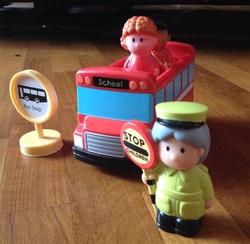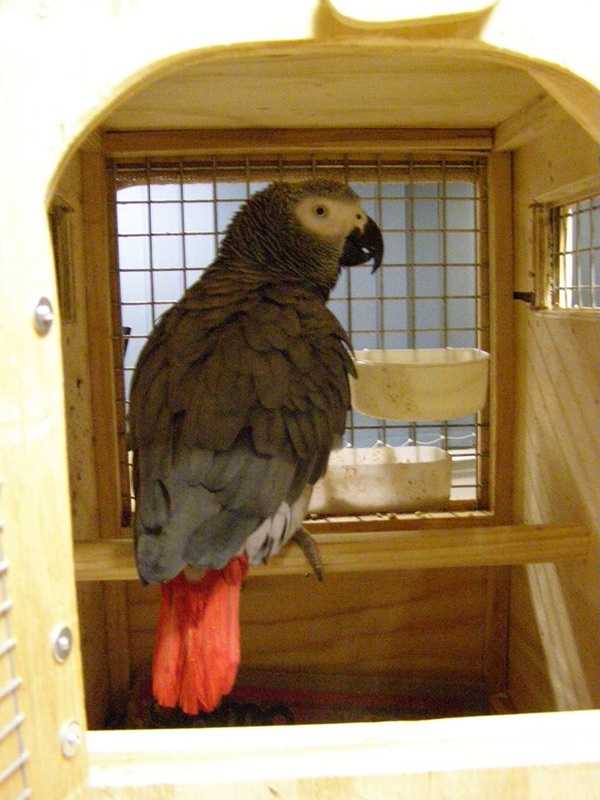
Relocating to a new country can be a stressful and emotional time. One of the biggest steps to feeling settled is finding the perfect place to live, where you can set up home. Finding the perfect property can be time-consuming and expensive. We've asked Claire O'Donoghue from Greyloft for some guidance. Here are her top tips for making the house-hunting process in Singapore that little bit easier.
1. Know your budget
Consider what your budget is and how flexible you can be with the amount you are prepared to spend. A lot of rents can be negotiated, but this is entirely dependent on the landlord. Have a number in mind that you would be prepared to top up by around 10%, to buy yourself a bit of negotiating room should you find the perfect place but not at the perfect price.
2. Work out what areas work best
It’s time to take out a map of the island, and figure out all the places you and your family will need to get to. Whether its commuting to work, or taking the kids to school, the location needs to work for you. Take time to figure out what amenities you want close by, although do bear in mind that in Singapore nothing is really that far.
There are lots of resources online to help you narrow down which neighbourhood(s) would suit you best.
3. Engage the right agent
Choosing a place to live is probably the most important step in making you feel settled in your new country, so working with someone experienced and professional makes that process a bit easier.
In Singapore, both the landlord and the tenant should have an agent to represent them. This can seem overly complicated, but it is the best way to ensure your needs are protected. Pick an agent who you trust and who really understands what you are looking for.
Ensure you understand agent commission fees. If your lease is over $3,500 a month and for a period of two years, you don’t have to pay any commission.
4. Understand the process
Once you’ve found your ideal place, your agent will need to submit a Letter of Intent (LoI). This indicates your intention to sign a rental agreement.
Once the landlord accepts the offer in the LoI, you are then required to pay your deposit, usually equivalent to two-months rent, for a two-year lease.
You will then proceed to sign the tenancy agreement, where you will also be required to pay stamp duty. This is roughly equivalent to 0.4% of the total rental amount (i.e. monthly rental x the number of months). Your agent will collect the payments, before transferring it to IRAS (the tax authority in Singapore).
Have a comprehensive inventory list, which details the condition of the property upon move-in. This document can be used to resolve any disputes about damage when you move out.
5. Once you move in
You have a one-month grace period to report any issues with your property to your landlord to be repaired, without any cost to you.
You will need to set up an account with Singapore Power for your electricity, gas and water. You’ll also be required to pay a refundable deposit upon receipt of your first bill – currently S$300 if you pay by direct debit – so don’t be shocked if your first bill seems high; utilities are usually relatively affordable. You will also need to make an appointment for City Gas to switch your gas on.
SingTel, StarHub and M1 offer a variety of internet and television packages. You can also get your mobile phone services through them too, which helps keep billing simple.
A lot of properties are rented unfurnished (apart from white goods) so you may need to hit the shops to furnish your home. Or it may be a case of waiting for your shipping container to arrive, so you can unpack things from your previous place.
Then it’s time to sit back, relax, and enjoy your new home.
------
To find out more about Greyloft visit their website or Facebook page.





















 RSS Feed
RSS Feed
